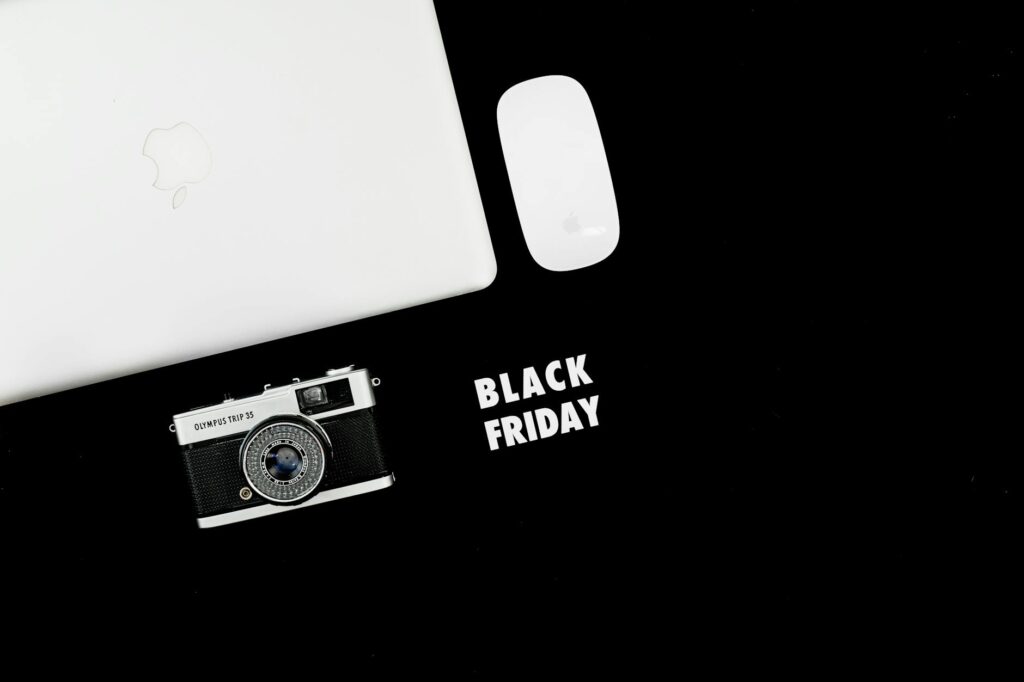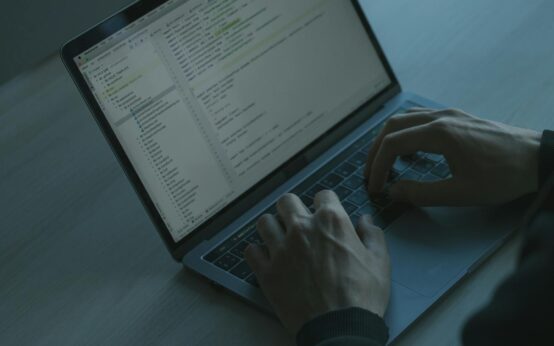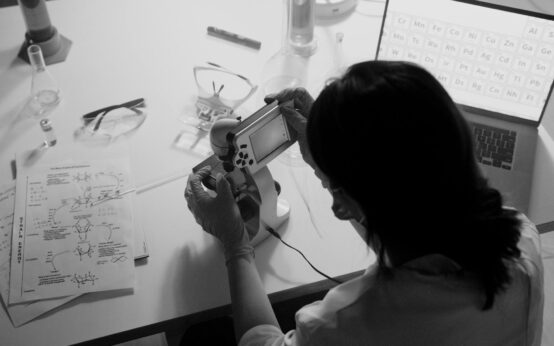The Future of Music: How NFTs are Empowering Musicians
For decades, the music industry has been a bit of a paradox. It’s an industry built on raw creativity and emotional connection, yet it’s governed by labyrinthine contracts, opaque royalty structures, and a whole lot of middlemen. Artists, the very lifeblood of the whole system, often end up with the smallest slice of the pie. It’s a story we’ve heard a thousand times. But what if there was a way to flip the script? What if technology could finally put the power back where it belongs: in the hands of the creators? This isn’t just a hypothetical question anymore. The conversation around NFTs empowering musicians is getting louder, and for good reason. It represents one of the most significant shifts in artist autonomy we’ve seen in the digital age.
Key Takeaways:
- NFTs offer musicians a way to bypass traditional industry gatekeepers like labels and distributors, allowing for a direct-to-fan sales model.
- Using smart contracts, NFTs can automate and enforce royalty payments for secondary sales, ensuring artists get paid in perpetuity.
- Beyond just selling songs, musicians can use NFTs to offer exclusive content, backstage passes, and unique experiences, creating deeper community engagement.
- While challenges like environmental impact and market volatility exist, the underlying technology presents a powerful new toolkit for artist independence.
First, Let’s Face the Music: What’s Broken?
Before we can appreciate the solution, we have to be honest about the problem. The current model isn’t working for most artists. Think about it. A musician pours their soul into a track. They record it, mix it, master it. Then what? They upload it to a streaming platform. Millions of people might listen, but the artist earns a fraction of a cent per stream. Something like $0.003 per play. You’d need a quarter of a million streams just to make minimum wage for a week.
It’s a volume game that only benefits the superstars. The system is designed around intermediaries:
- Record Labels: They front the money for production and marketing, but in return, they often own the master recordings and take a massive percentage of the revenue.
- Publishers: They handle the rights to the song’s composition, taking another cut.
- Streaming Platforms: They host the music but their payout models are notoriously complex and, for many, unsustainable.
- Distributors: They get your music onto those platforms, for yet another fee or percentage.
By the time the money trickles down to the actual creator, it’s often just that—a trickle. This model leaves artists dependent, often creatively stifled, and financially vulnerable. They build the house, but they don’t own it. They’re essentially renting their own career from a handful of powerful corporations.

So, What’s an NFT Anyway? A Crash Course for Creatives
Okay, let’s demystify this. NFT stands for Non-Fungible Token. It sounds complicated, but the concept is actually pretty simple.
- Non-Fungible: This just means it’s unique and can’t be replaced with something else. A dollar bill is fungible; you can trade it for any other dollar bill. Your original, signed concert ticket from your favorite band? That’s non-fungible. It has a unique history and value.
- Token: It’s a digital certificate of ownership and authenticity that lives on a blockchain (a secure, public ledger).
Think of an NFT as a digital deed. It doesn’t have to be the *thing* itself, but it’s the provable, verifiable, and publicly-recorded ownership of that thing. For music, an NFT can represent ownership of a song, an album, a piece of album art, a music video, or even a ticket to an exclusive virtual concert. It’s a digital collectible with a bulletproof provenance. You know who made it, who has owned it, and who owns it now. And that changes everything.
How Exactly are NFTs Empowering Musicians?
This is where the magic happens. NFTs aren’t just about selling a JPEG for a million dollars; they are a fundamental technology that rewires the relationship between artists, their work, and their fans. They offer a new set of tools to build a career on your own terms.
Cutting Out the Middleman: The Power of Direct-to-Fan
This is the big one. With NFTs, a musician can mint their new single or album as a limited-edition digital collectible and sell it directly to their audience through a marketplace like OpenSea or a specialized music platform like Sound.xyz. Suddenly, the labels, distributors, and streaming giants are no longer mandatory gatekeepers.
Imagine this: You’re an indie artist with 1,000 true fans. Instead of chasing pennies from millions of passive listeners on Spotify, you sell 100 limited-edition NFTs of your new EP for $50 each. You’ve just made $5,000 directly. That money goes straight to you (minus a small network fee), not through a dozen different hands that each take a cut. This allows artists to monetize their work in a meaningful way, even with a smaller, dedicated fanbase. It’s about depth of connection, not just breadth of reach.
Smart Contracts & Automated Royalties: Getting Paid Fairly, Forever
This might be the most revolutionary aspect of all. An NFT is powered by a “smart contract”—a piece of code on the blockchain that automatically executes a set of rules. One of the most powerful rules you can program into a music NFT is a perpetual royalty on secondary sales.
What does that mean? Let’s say you sell your song NFT to a fan for $100. You code a 10% royalty into its smart contract. A year later, your career has taken off, and that fan sells your NFT to another collector for $1,000. The smart contract automatically sees that sale and sends you 10%—$100—directly to your digital wallet. Instantly. No lawyers, no collection agencies, no waiting for a quarterly statement. This happens every single time that specific NFT is resold, forever.
For the first time in history, artists can participate in the long-term appreciating value of their own work in the same way a painter or sculptor does. It’s a game-changer for building a sustainable, long-term career.
Creating New Revenue Streams Beyond Streaming
Music is more than just an audio file. It’s an experience. NFTs allow artists to bundle that audio file with a whole universe of exclusive content and perks, creating something truly special for their biggest supporters. It’s about moving beyond consumption and into collection and patronage.
Here are just a few ideas artists are already experimenting with:
- Digital Box Sets: An album NFT could come with high-res audio files, a digital lyric book, behind-the-scenes video commentary, and exclusive album art.
- Token-Gated Access: Owning an artist’s NFT could act as a digital key, unlocking access to a private Discord channel, early ticket sales, livestreams, or unreleased demos. It turns your music into a membership pass.
- Fractional Ownership: Artists can even sell fractional ownership of their master recording rights through NFTs, allowing fans to invest in their success and earn a share of future streaming royalties. It’s like a fan-owned record label.
- Interactive Experiences: Imagine an NFT that allows the owner to vote on the next music video concept or even get a production credit on a track.
The possibilities are genuinely endless. It shifts the artist’s product from a single, low-value stream to a multi-faceted, high-value digital experience.
Building Deeper, Verifiable Fan Communities
In the age of social media, it’s hard to know who your real fans are. You have followers, but who are the ones who buy every album and come to every show? NFTs provide a clear, on-chain record of who your biggest supporters are. The blockchain doesn’t lie. You can see who bought your first-ever NFT, who holds your entire collection, and who has been there from the start.
This allows for targeted rewards and genuine recognition. You could airdrop a free, unreleased track to everyone who holds your genesis NFT. You could offer free concert tickets to your top 10 collectors. It transforms the fan-artist relationship from a one-way broadcast into a two-way, mutually beneficial partnership. Fans feel seen and valued, and artists can directly engage with the community that sustains them.

The Hurdles and Criticisms: It’s Not a Perfect World (Yet)
Of course, it’s not all sunshine and automated royalties. The NFT space is young, and it has its fair share of growing pains. It would be dishonest not to address the valid criticisms.
- Environmental Concerns: Early blockchains like Ethereum used a power-intensive system called Proof-of-Work. This was a major, valid concern. However, the landscape is shifting rapidly. Ethereum has since completed “The Merge,” moving to a much more energy-efficient Proof-of-Stake system that cut its energy consumption by over 99%. Many new blockchains are also being built with sustainability in mind from day one.
- Volatility and Scams: The crypto market is notoriously volatile, and where there’s money, there are scammers. The space is still a bit of a Wild West, and both artists and fans need to be educated and cautious.
- Technical Barriers: Setting up a crypto wallet, understanding gas fees, and navigating marketplaces can be intimidating for newcomers. User experience is getting better every day, but there’s still a learning curve that can prevent mainstream adoption.
- The “Right-Click, Save” Argument: A common critique is, “Why would I buy an NFT when I can just download the file for free?” This misses the point entirely. You can buy a print of the Mona Lisa, but you don’t own the Mona Lisa. The NFT is not the file; it is the verifiable proof of ownership of the *original* digital asset. It’s about provenance, not access.
Conclusion: A New Track for the Music Industry
So, are NFTs the silver bullet that will solve every problem in the music industry overnight? Probably not. The old structures are powerful and deeply entrenched. However, to dismiss this technology as just a passing fad or a scam is to miss the bigger picture. NFTs represent a fundamental shift in digital ownership and value creation.
For the first time, we have a set of tools that allow musicians to build independent, resilient, and financially viable careers on their own terms. It’s a system that rewards genuine connection, values verifiable ownership, and gives artists a direct stake in their own long-term success. It’s about creating a world where musicians can make a living from their art without having to sell their soul or their masters to do it. The future of music isn’t about getting more streams; it’s about building stronger communities. And with NFTs, the stage is set for a revolution. The sound is just getting started.



 DeFi’s Hurdles: Security, Scalability & Regulation
DeFi’s Hurdles: Security, Scalability & Regulation  How to Read a Crypto Whitepaper: A Beginner’s Guide
How to Read a Crypto Whitepaper: A Beginner’s Guide  Find Undervalued NFT Projects: A Complete Guide
Find Undervalued NFT Projects: A Complete Guide  Blockchain Consensus Mechanisms Explained (PoW vs. PoS)
Blockchain Consensus Mechanisms Explained (PoW vs. PoS)  Trader’s Psychology: Master Fear & Greed in Markets
Trader’s Psychology: Master Fear & Greed in Markets  Track Your Crypto Portfolio Like a Pro: A Complete Guide
Track Your Crypto Portfolio Like a Pro: A Complete Guide  DeFi’s Hurdles: Security, Scalability & Regulation
DeFi’s Hurdles: Security, Scalability & Regulation  How to Read a Crypto Whitepaper: A Beginner’s Guide
How to Read a Crypto Whitepaper: A Beginner’s Guide  Find Undervalued NFT Projects: A Complete Guide
Find Undervalued NFT Projects: A Complete Guide  Blockchain Consensus Mechanisms Explained (PoW vs. PoS)
Blockchain Consensus Mechanisms Explained (PoW vs. PoS)  Trader’s Psychology: Master Fear & Greed in Markets
Trader’s Psychology: Master Fear & Greed in Markets  Track Your Crypto Portfolio Like a Pro: A Complete Guide
Track Your Crypto Portfolio Like a Pro: A Complete Guide